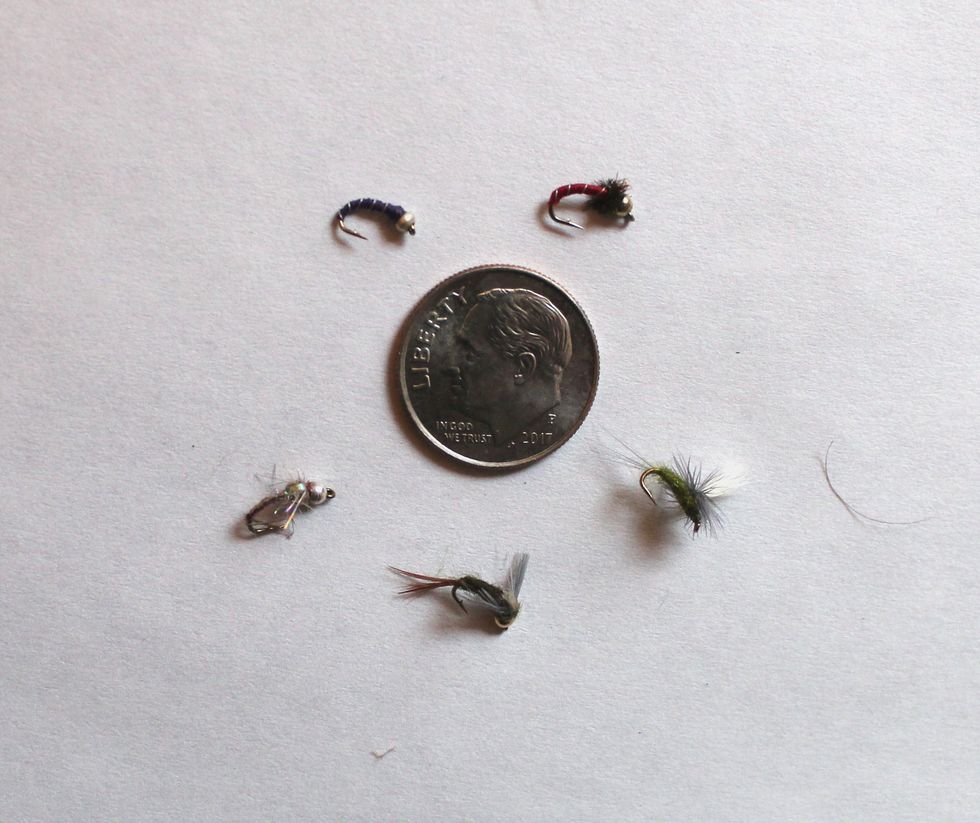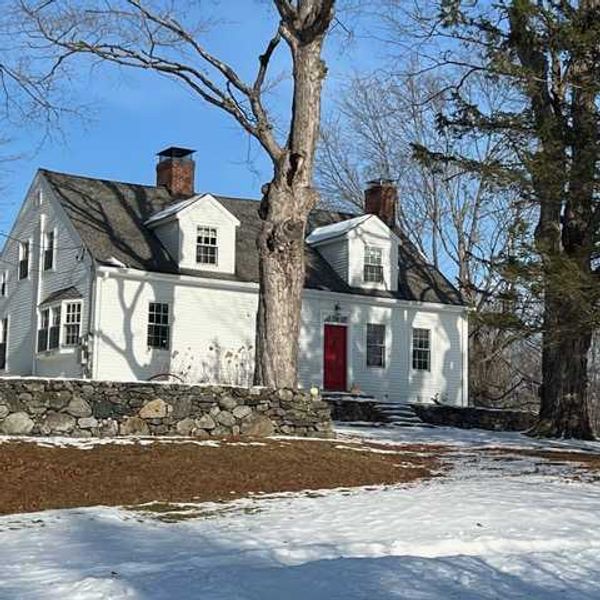Specks of hope as the 2020 fly-fishing season draws to an end

These are a representative sample of the tiny flies (or “specks”) the author has been using successfully in the last week. They are all size 20 or 22, except for the bushy one on the right, which is a size 18. The fish won’t touch it.
Photo by Patrick L. Sullivan











